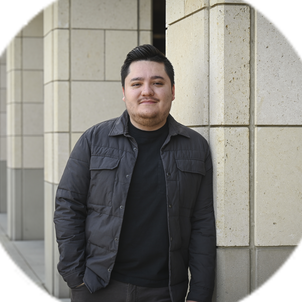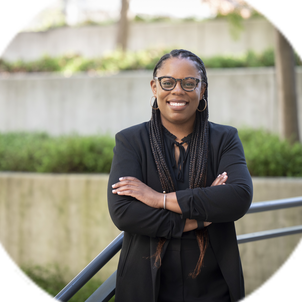I started out as an undergraduate majoring in physics at the University of Science and Technology in China, but in my senior year I had a chance to come to Stanford, where I learned there was a whole field that uses materials science to solve practical problems, which I’m very interested in. So I applied for the PhD program, and after finishing my undergraduate work I came back here. I’m now applying for a postdoc in biology.
Right now I’m mostly focused on designing proteins for use in membranes that can be used for things like extracting valuable elements from seawater. We’re running out of lithium, for example, which is needed for batteries for electric vehicles. However, lithium is unequally distributed on the planet, and right now has to be extracted from land using very crude and polluting mining techniques. Seawater contains a lot of lithium; extracting it through the use of these membranes could replace the need to mine it from the ground and solve the unequal distribution problem. Membranes can also be used to separate CO2 from the air, which could solve climate change problems that result in extreme weather and the wildfires we’re now seeing in so many parts of California. Problems like these can’t be solved only through policy; they need new engineering approaches. Being an engineer allows me to do things that are beyond myself, that have broad impact and are worthwhile for other people.
What I love about engineering, especially doing engineering in academia, is that it’s a collaboration across different institutes across the planet, and across years of research. Many times when something is developed and published in a paper, it doesn’t have an immediate huge impact, but the publication is out there. Then, maybe a few years later — or 100 years later — someone sees that publication and finds that the problems that prevented the idea from scaling up years ago have been solved, and other people go on to continue the work. That’s been the case in the fields of sustainability and climate change; researchers many years ago couldn’t imagine how the approaches they developed at the time might be used in such a way in the future.
It’s a continuous process; collectively everyone is steadily making real progress and revolutionizing industries. We’re in the middle of history, and we want to make our own contributions to this process.
Related spotlights

Lara Weed

Sebastian Fernández

